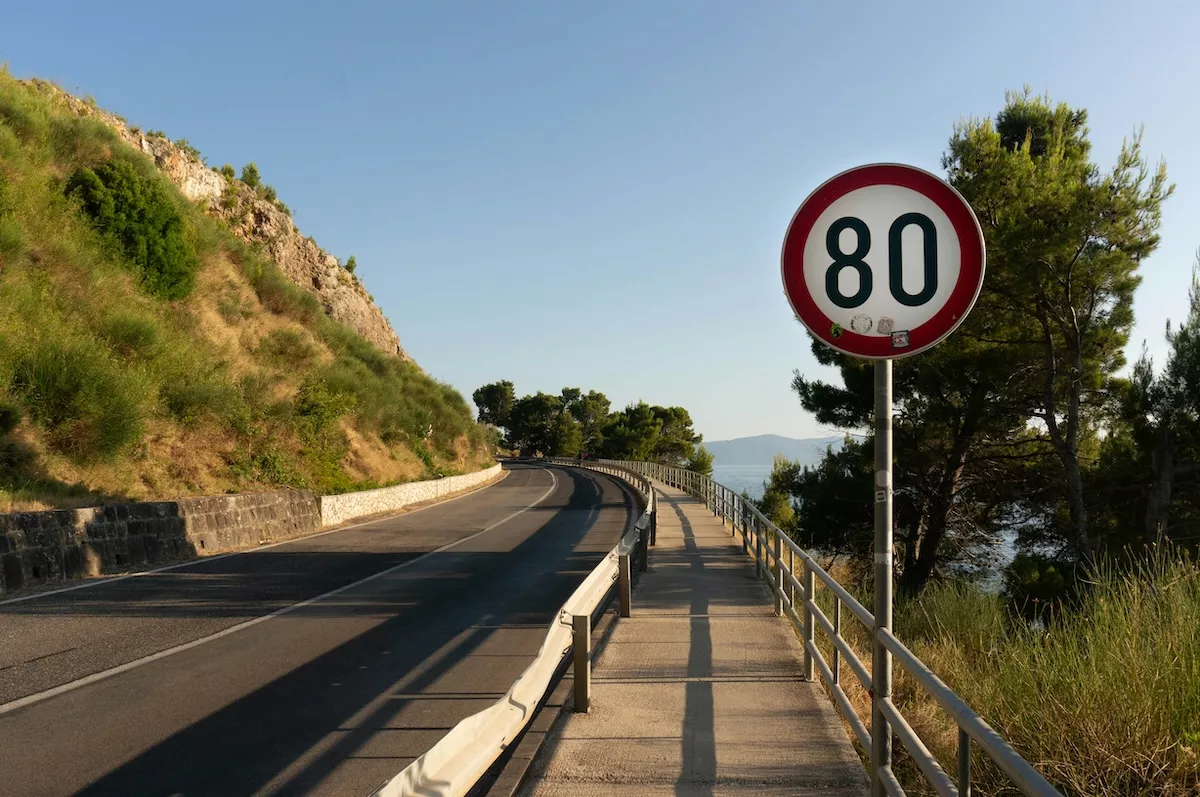A fresh enforcement measure has been launched in the Alpes‑Maritimes: as of Monday 3rd November, three unmarked voitures-radar began operating throughout the department. The aim of the deployment is to crack down on speeding, particularly on high-risk stretches of road where accident rates remain stubbornly high.
The new fleet is managed by a private operator under contract with the state, marking a continuing shift from exclusively police-run enforcement. The three vehicles are tasked with patrolling 44 predefined itineraries – representing approximately 2,495 km of roads and motorways – and are expected to cover around 15,000 km per month in total.
Day and night, weekday and weekend
The operator will deploy the vehicles in varying time slots, including nights and weekends, in order to keep their presence unpredictable. The cars are unmarked, blend into traffic and are equipped with infrared flashes invisible to drivers. Any vehicle travelling in excess of the speed limit – including cars, vans or two-wheelers – may be captured.
Why now for the Alpes-Maritimes?
Road safety statistics in the department highlight the urgency of such measures: earlier in 2025, 579 accidents were recorded in the Alpes-Maritimes, resulting in 37 fatalities and 738 injuries. Speeding is identified as the principal cause of these tragedies. With 56 fixed automatic radars already in place, authorities say further action was necessary to address persistent violations and rising risk.
What motorists should know
Drivers should be aware that these radar-cars will not be signposted and that they operate on all types of roads—motorways like the Autoroute A8, departmental and communal routes alike. The key message from the prefecture is that the speed limit applies at all times and that the enforcement zone has broadened.
Looking ahead
The rollout in the Alpes-Maritimes forms part of a nationwide programme that is gradually expanding private-operated radar-cars. Observers note that while these systems raise immediate enforcement capacity, their long-term success will depend on combining surveillance with education and engineering to alter driver behaviours.
Stay updated with Monaco Life: sign up for our free newsletter, catch our podcast on Spotify, and follow us across Facebook, Instagram, LinkedIn, and Tik Tok.
Photo credit: Uliana Sova, Unsplash
